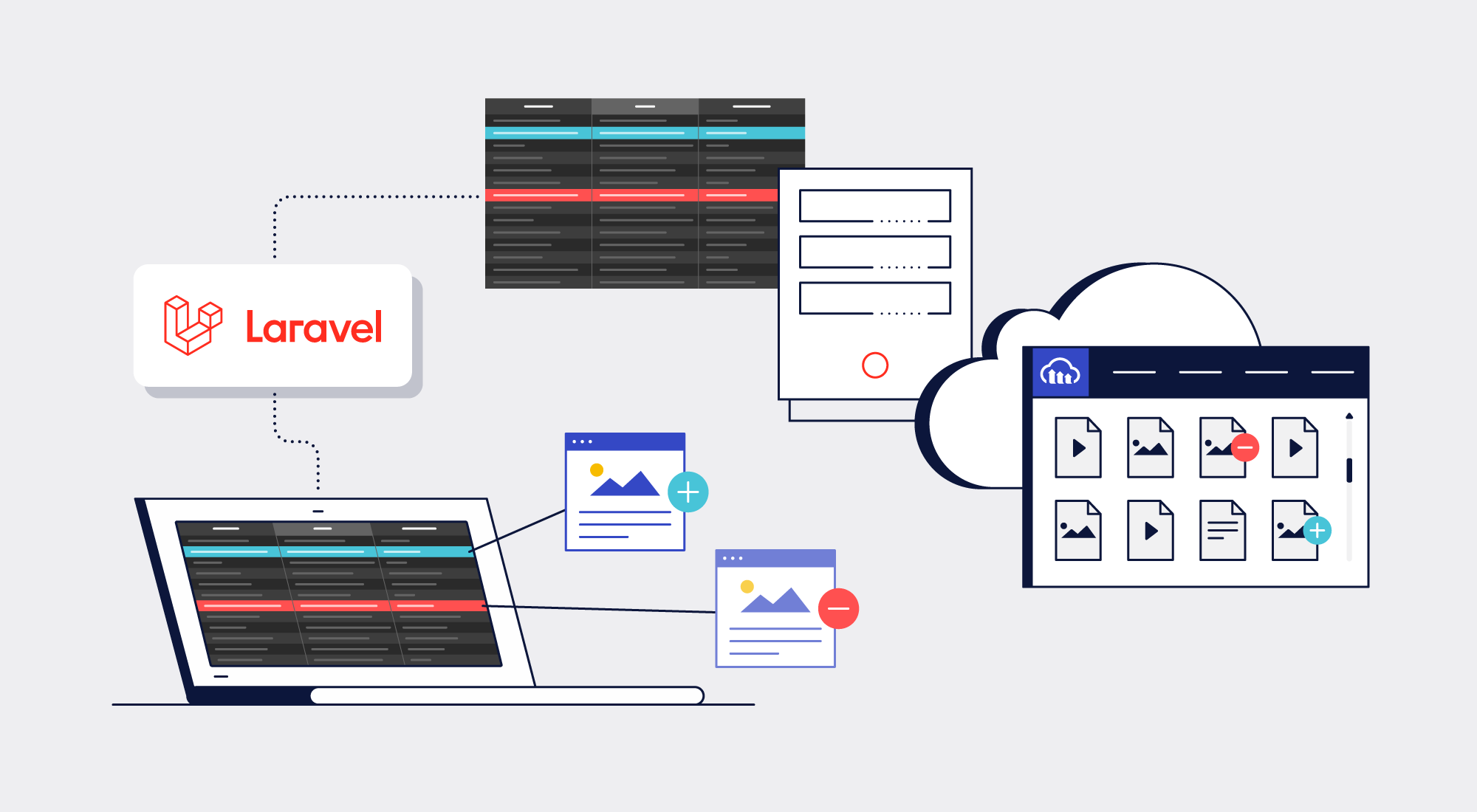
I also discussed controllers and middlewares in Laravel. In this series, I covered the concepts of MVC in Laravel. Next, I covered how you can perform routing in Laravel 5.5. I started this series with an introduction to Laravel 5.5, and discussed how MVC works with Laravel. To learn more about Blade, refer to the official Blade documentation. You can also use if-else and loops in Blade. This was a very simple example that highlighted the functionality of Blade.
#ELOQUENT MODEL CODE#
In the content section, I have defined the HTML markup code to view a single book. First, I told Blade that I am extending from a previous layout using ` Next, I used ` which bind content to the ` that I created in the master layout. If($books->fill($request->all())->save())" class="btn btn-warning btn-group-sm pull-right ">EditĬategory: see what I have done. public function update(Request $request, Books $books)
#ELOQUENT MODEL UPDATE#
I will now edit ` update(Request $request, Books $book)` method so that it can update in the data. Updating data using Eloquent is as easy as saving data. Secondly, make sure that the name of the request parameter you want to save in your database is the same as the name of the column in the database. You need to define fillable columns in the model: namespace App In order to save data using the ` Create()` method, you need to do two things first. At the moment, this model looks like: name = $request->name Īnd the second one is: public function store(Request $request) Once the command is completed, a new model will be created in the app folder. Next, I will create a new model for the books table in Laravel. Eloquent provides simple ActiveRecord implementations for database interaction. Models are mostly used to interact with the database using Eloquent ORM. Models in Laravel 5.5 are created inside the app folder. Today, I will describe the Model and View of the MVC architecture, and how these ideas are implemented in Laravel. In my previous article in the Laravel 5.5 series, I covered the Controller (the third part of the MVC) and Middleware. Let’s see the simple illustration of views. Views are found within the assets organizer, and its way is resources/views. Views contain the html code required by your application, and it could be a strategy in Laravel that isolates the controller logic and domain logic from the introduction rationale. Laravel gives a basic way to do that using Eloquent ORM where each table incorporates a Model to interact with it. A model is used as a way for questioning data to and from the table within the database.



In the MVC architecture, ‘M’ stands for ‘Model’. Follow Create Model is an MVC based PHP system.


 0 kommentar(er)
0 kommentar(er)
